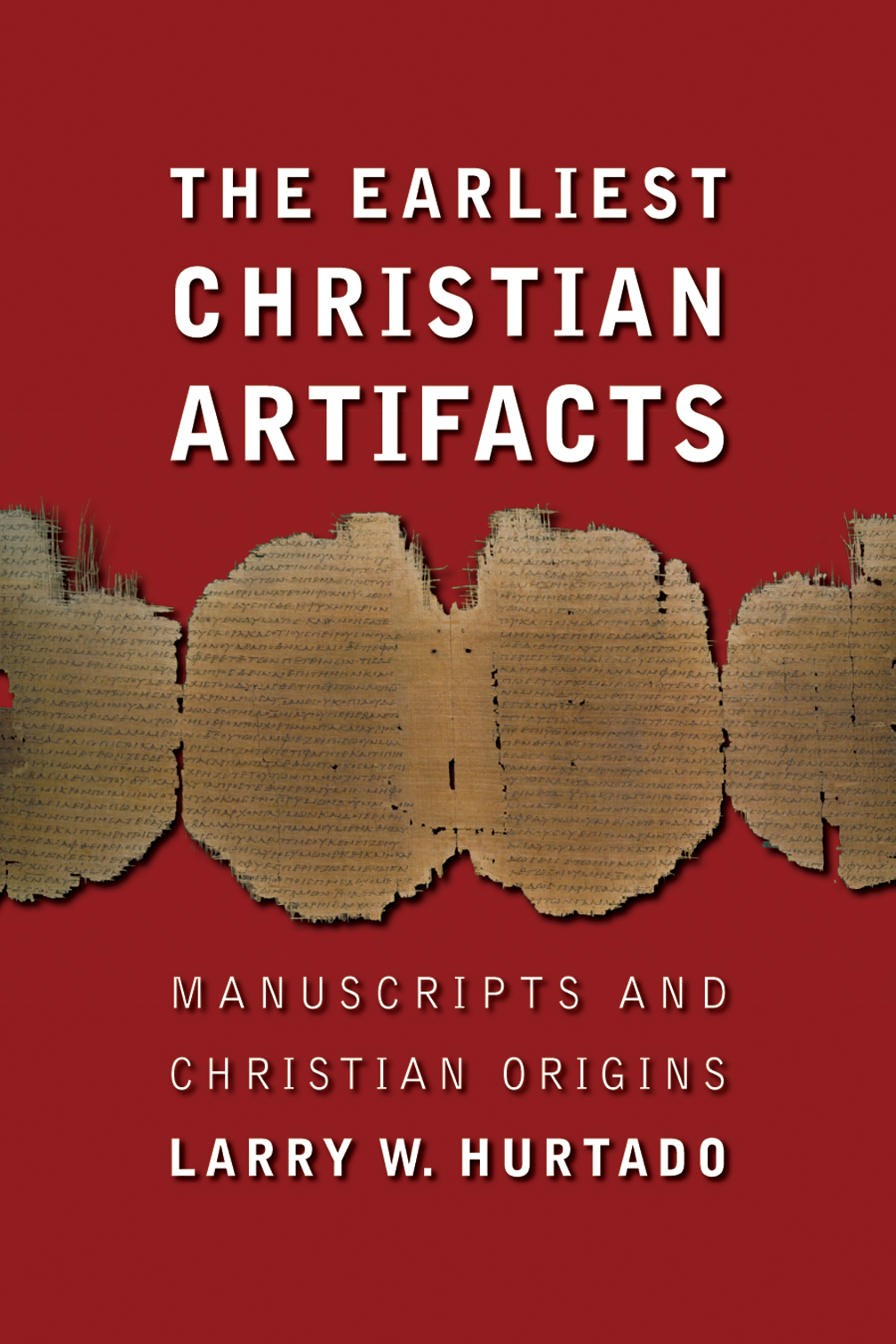
The author of this book, Prof. Larry Hurtado, passed away on Nov. 25, 2019. When he was alive, I pestered the professor with many questions about New Testament studies. He was gracious enough to answer all these questions from a complete stranger, on one condition: I read his books.
I finished this a week after his passing, partly to fulfill my promise and partly to pay tribute. Perhaps the best tribute one can pay a scholar is to read and review his books.
Prof. Hurtado was a good teacher. He had the ability to make complex issues seem absurdly simple to general readers. His writings are clear, concise, and eminently readable. His passion for the subject was contagious, and inspired his readers to explore further.
Synopsis
The physical characteristics of manuscripts, apart from their content, provide many valuable clues of the lives of their users. We can draw inferences about the ancients from the artefacts they left behind.
The extant manuscript data show that the early Christians had a strong preference for the codex for their manuscripts, whereas the dominant bookform of the ancient world was the roll. Moreover, the codex was also the preferred bookform for those texts that later became the Scripture.
Besides the bookform, the size and shape of the manuscript, line spacing, margins, and columns of the text also provide clues as to how the manuscript was used by earliest Christians, e.g., some for public liturgy, some for private study. Whereas scriptio continua(“continual text”) was the prestigious form of literary texts in the wider culture, Christian manuscripts had “readers’ aids” to facilitate reading and comprehension. These include punctuation, and marks to indicate the beginning or ending of a word, paragraph, etc.
nomina sacra (“sacred names”) and staurogram (abbreviated form of the Greek word for cross) were also distinctive features of earliest Christian manuscripts, perhaps showing reverence for the names of God and Jesus, and the crucifixion. Prof. Hurtado makes a fascinating proposal that the nomina sacra might have originated as a gematria, as the numerical value of the suspended form of Jesus’ name is 18, which is the numerical value of the Hebrew word for life.
An Unanswered Question
One intriguing question is why the earliest Christians had such a strong preference for codex. Scholars have proposed many explanations, for example, codex was chosen for practical advantages because it was cheaper to make, and easier to use. But Prof. dismissed all these proposals, by pointing out the weaknesses of each.
What puzzled me is why he didn’t entertain the possibility that, while none of these practical considerations is sufficient by themselves, a combination of all these factors may have led to the strong Christian preference for codex. He seemed to assume that there was only one explanation, one that remains to be uncovered by further evidence. He was inclined to take the view that it was Paul’s use of the codex, though there was scant evidence to support it.
Related Posts:
References:
- Hurtado, Larry W. The Earliest Christian Artifacts: Manuscripts and Christian Origins. Grand Rapids, MI: Eerdmans, 2006.
